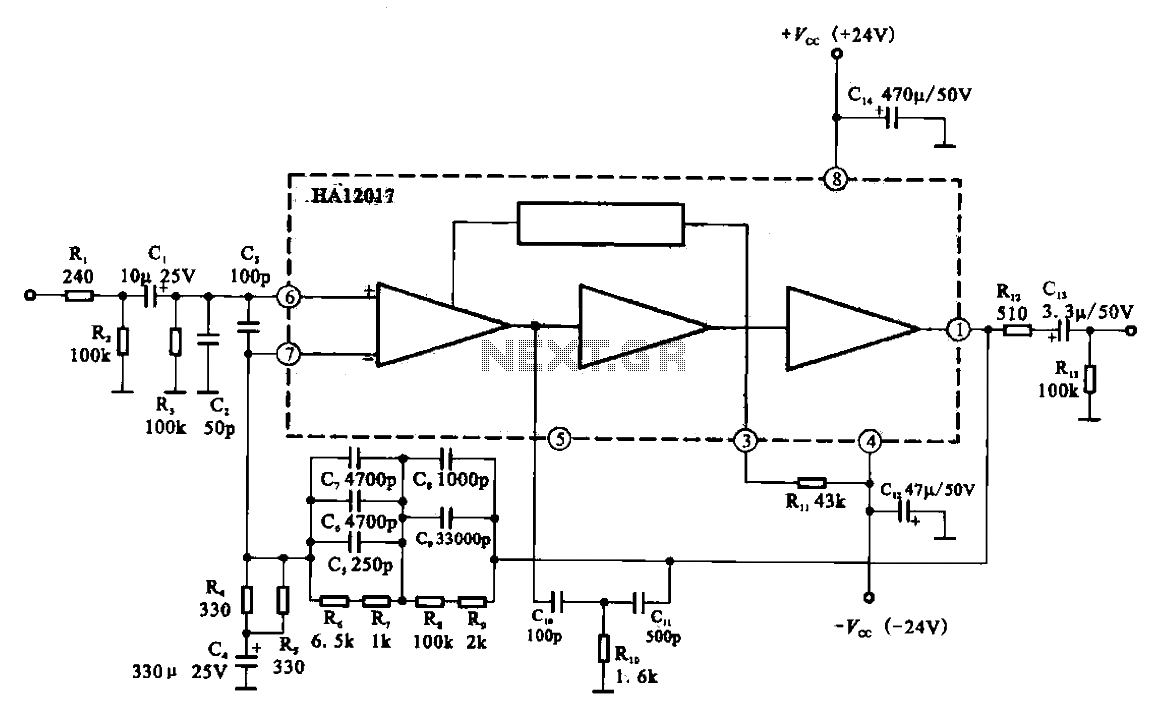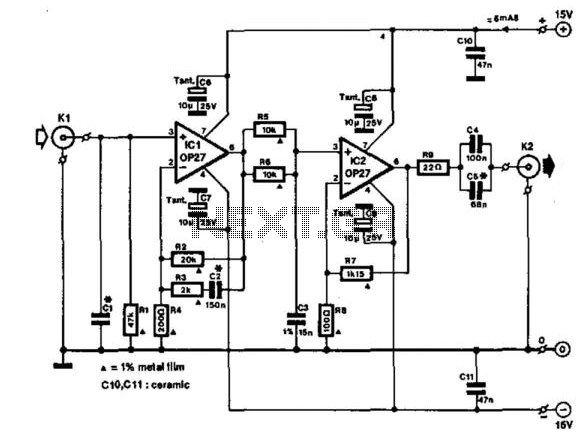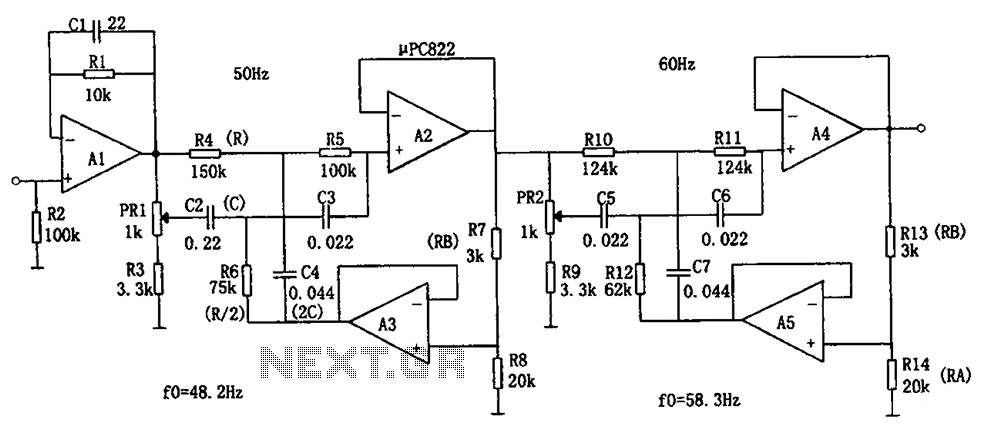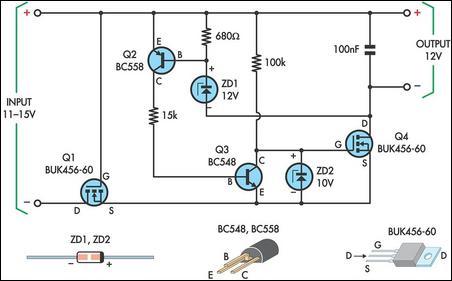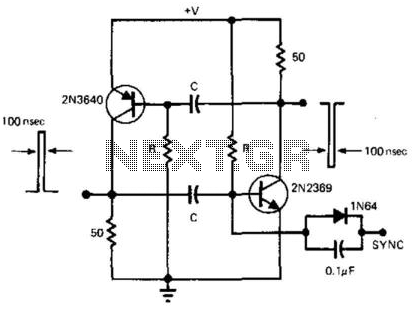
JFET Low Noise Preamp
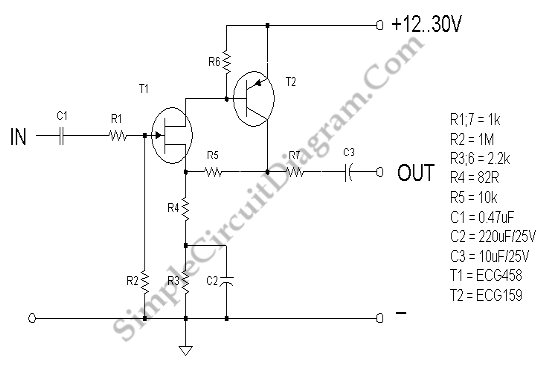
Noise in an amplifier circuit is intrinsically generated by each component within the circuit. Resistors, capacitors, and semiconductors all contribute to noise generation.
Noise in an amplifier circuit can significantly affect performance and signal integrity. Each component, including resistors, capacitors, and semiconductors, introduces its own type of noise. Resistors primarily generate thermal noise, which is related to the temperature and resistance value. This noise is present even in the absence of an input signal and can be quantified using Johnson-Nyquist noise equations.
Capacitors, on the other hand, can introduce noise due to dielectric absorption and leakage currents, which can vary based on the type of dielectric material used. The noise generated by capacitors is typically less significant than that of resistors but can still impact low-noise applications.
Semiconductors, including transistors and diodes, contribute to noise through mechanisms such as shot noise and flicker noise (also known as 1/f noise). Shot noise occurs due to the discrete nature of charge carriers, while flicker noise is more pronounced at low frequencies and is related to imperfections in the semiconductor material.
To mitigate the effects of noise in amplifier circuits, careful selection of components is essential. Using low-noise resistors, capacitors with appropriate dielectric materials, and high-quality semiconductors can help reduce overall noise levels. Additionally, circuit design techniques such as proper grounding, shielding, and layout considerations can further minimize noise interference, ensuring that the amplifier operates effectively within its intended application.Noise, in amplifier circuit, is generated intrinsically by each components inside the circuit. Resistor, capacitor, and semiconductor generate noises. By.. 🔗 External reference
Noise in an amplifier circuit can significantly affect performance and signal integrity. Each component, including resistors, capacitors, and semiconductors, introduces its own type of noise. Resistors primarily generate thermal noise, which is related to the temperature and resistance value. This noise is present even in the absence of an input signal and can be quantified using Johnson-Nyquist noise equations.
Capacitors, on the other hand, can introduce noise due to dielectric absorption and leakage currents, which can vary based on the type of dielectric material used. The noise generated by capacitors is typically less significant than that of resistors but can still impact low-noise applications.
Semiconductors, including transistors and diodes, contribute to noise through mechanisms such as shot noise and flicker noise (also known as 1/f noise). Shot noise occurs due to the discrete nature of charge carriers, while flicker noise is more pronounced at low frequencies and is related to imperfections in the semiconductor material.
To mitigate the effects of noise in amplifier circuits, careful selection of components is essential. Using low-noise resistors, capacitors with appropriate dielectric materials, and high-quality semiconductors can help reduce overall noise levels. Additionally, circuit design techniques such as proper grounding, shielding, and layout considerations can further minimize noise interference, ensuring that the amplifier operates effectively within its intended application.Noise, in amplifier circuit, is generated intrinsically by each components inside the circuit. Resistor, capacitor, and semiconductor generate noises. By.. 🔗 External reference
Warning: include(partials/cookie-banner.php): Failed to open stream: Permission denied in /var/www/html/nextgr/view-circuit.php on line 713
Warning: include(): Failed opening 'partials/cookie-banner.php' for inclusion (include_path='.:/usr/share/php') in /var/www/html/nextgr/view-circuit.php on line 713
